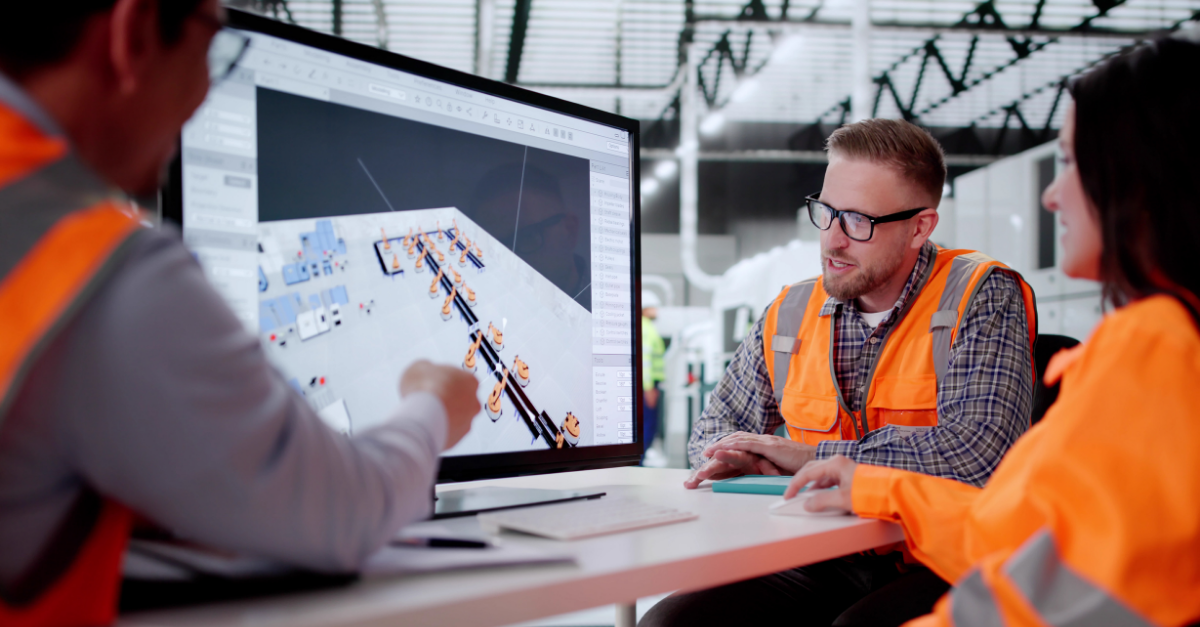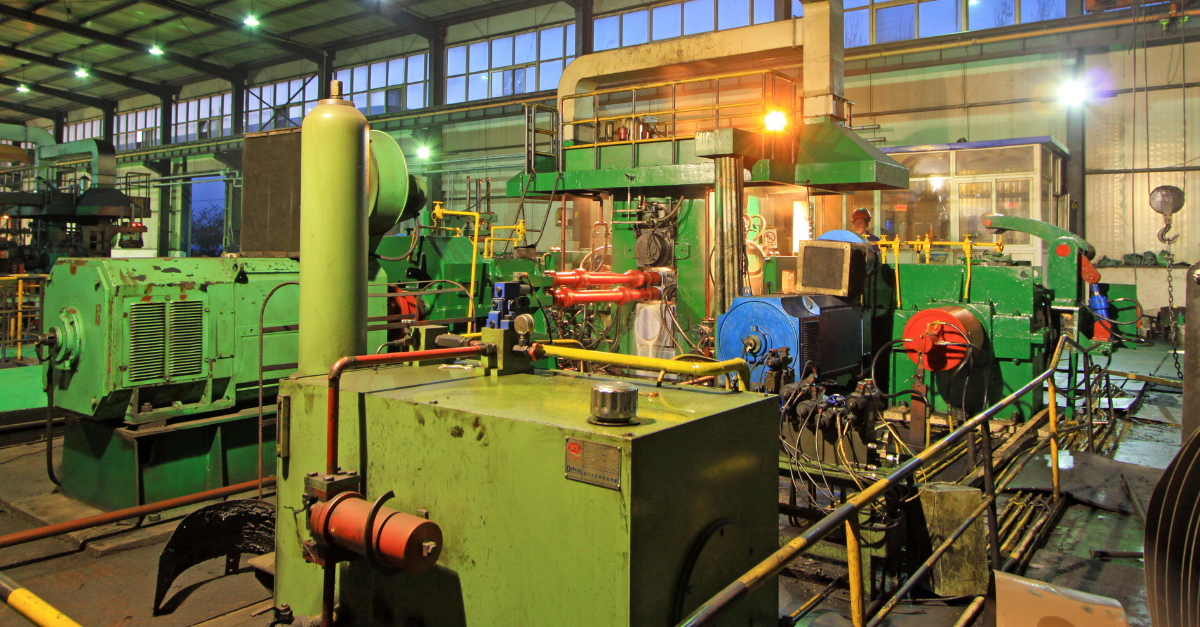Whether you’re upgrading aging equipment or adding a new line to keep up with demand, we know you can’t afford to take on any downtime beyond what’s absolutely necessary. But ensuring a seamless start-up requires considering all the potential challenges and risks of a project as early as possible during the design process. This can be difficult to do when your design is based solely on traditional 2D drawings.
Instead, bringing 3D modeling tools into the design process can greatly reduce the risks involved in a manufacturing project. This blog explores how 3D modeling can be incorporated into the design process and the opportunities to use 3D models in conjunction with 2D drawings to reduce risk.
Providing an Increasing Level of Detail Throughout the Design Process
When using 3D design tools, an iterative design process should be used. Rather than jumping directly into creating a singular detailed 3D model of a production line or facility, it is best to start with a conceptual design that gets progressively built out as the design progresses. At Polytron, we follow a standard level of detail (LOD) approach to design that typically progresses as follows:
- LOD 100 – Conceptual Design: A rough model used for early-stage planning to provide a basic concept of space and determine feasibility.

- LOD 200 – Schematic Design: Details such as supports and motors are added, and positioning of major machinery and utilities start to be defined.
- LOD 300 – Detailed Design: The model evolves to include placement of infrastructure such as piping and electrical runs, and final dimensions and locations for machinery and conveyors are identified.
- LOD 350 – 400 – Construction Documentation: The design is fine tuned to ensure connections between utilities and equipment can be properly made.

By progressively iterating on the detail conveyed in a 3D model, big issues, such as space constraints or workflow interferences, can be identified very early on before too much time and effort is put into a design. Once a design reaches the 300 or 350 stage, we can be confident that major conflicts were already addressed and can use 3D modeling tools such as Navisworks to accurately perform more in-depth analysis such as clash detection.
Opportunities to Reduce Project Risk with 3D Modeling
Now that you have a basic overview of how the design process works when using 3D modeling, let’s explore more of the details on how 3D modeling can be used in conjunction with more traditional design methods to reduce manufacturing project risks. In general, working off a design that combines a 3D point cloud scan with 2D drawings facilitates much more accurate design discussions earlier in the design process and the constructability of a project can be determined much sooner.
This is because a 3D scan provides a much more complete picture of the equipment layout with other assets in a facility and does not just show this in a single plane of view. A 3D scan also includes elements that aren’t typically shown on a CAD drawing such as auxiliary systems including sprinklers and compressed air lines, and non-fixed assets that are necessary for a production process such as carts for finished products or stacks of boxes that get fed into a machine. This information can help with determining precise routing of conduits and utilities early in the design process as existing feeds can be clearly seen, which helps budget for materials and installation more accurately.
A 3D scan also provides highly accurate measurements for both existing equipment and clear spaces in an area, making it easier to determine precisely where new equipment must be placed. With these measurements, we can also more realistically plan out the removal and installation process, eliminating issues that may easily be overlooked with 2D drawings.
For example, while you may know your new 10-foot-tall piece of equipment will fit in the allocated space, do you know that you have a clear path to get it to that space? Were all the doors the equipment must pass through measured? And were all the other potential interferences along that path considered? A 3D model can portray an interference such as a pipe 7 feet above the ground that likely wouldn’t be shown on a 2D drawing, allowing you to properly plan for this well in advance of installation.
Finally, 3D scans can help reduce overall project costs because they minimize the number of times your project team needs to travel to the job site since all data can be collected in one trip with a scan. Once a scan is pulled into AutoCAD, we can verify dimensions, confirm everything lines up, and make adjustments based on real information.
Working with an Experienced Partner
Overall, using 3D modeling during the design process reduces risk by offering greater clarity and accuracy to aid in decision making. It also helps reduce costs and optimize efficiency. Beyond these clear benefits, selecting Polytron’s design team offers the additional advantage of many years’ experience defining and refining our 3D modeling processes.
From developing a clear understanding of the limitations of 3D scanners so that our models are working from most accurate scan data possible to using the latest design tools, we’ve learned how to adapt to different scenarios and develop the most precise 3D models possible. We also understand how to work with OEMs to overcome challenges related to the varying levels of information and file types available for equipment to create a comprehensive design. Plus, our design experts can work with you to progress your project by seamlessly transitioning from working through the design with 3D modeling to using 3D simulation tools to help optimize your production processes.
Learn more about our flexible and agile process to developing packaging solutions.




.png)

